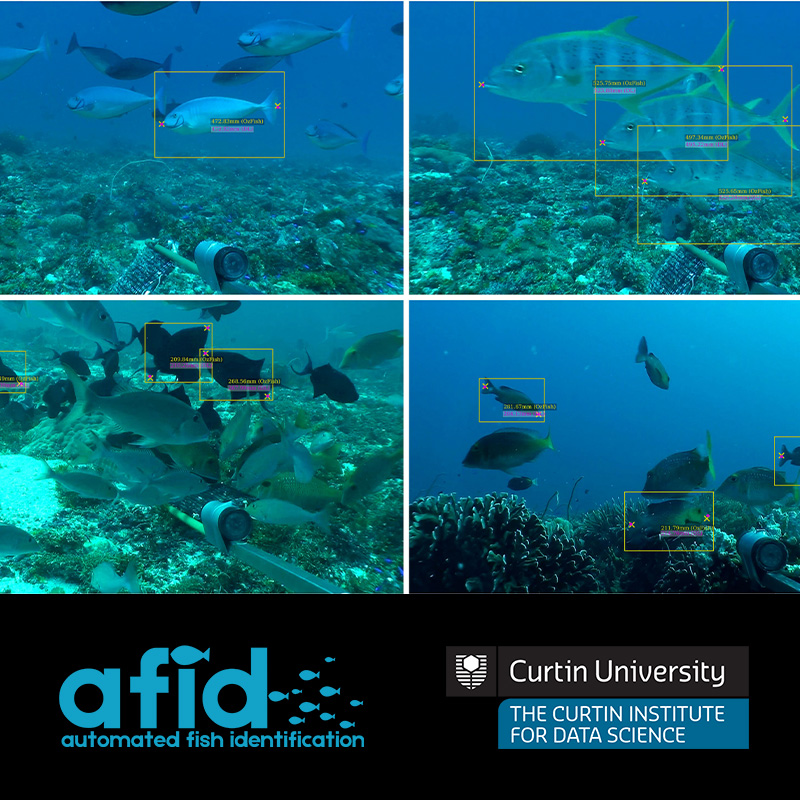The ‘Automated Fish Identification’ (AFID) Project
Australian fisheries are worth $2.5 billion per year, forming an important food source and sociocultural resource. In order to safeguard this resource, detailed and ongoing monitoring of fish stocks is required. However, the manual counting of fish involved in monitoring programs is costly and time-consuming. By combining ‘Baited Remote Underwater Video Systems’ and machine-learning algorithms, the process of fish counting can be automated to make it both more cost and time efficient.


